How to Purify Salt Water: Tips to Staying Hydrated
Do you know how to find water in the wilderness? Have you ever read about how to make ocean water drinkable?
We often hear stories of solo hikers and adventurers getting stranded or lost in the wilderness. However, being professional hikers, they eventually find their way back to safety.
[the_ad_group id=”21″]
You could credit their return to several factors, whether it is willpower, endurance, good luck, smartness or bravery; but I personally believe that their survival had a lot to do with “water”, the unsung hero. Water is an integral part of an adventure trip into the wilderness.

The majority of the water that is found in the wilderness is salty in nature. It will be extremely hard to make it through safely through the harsh terrains, weather conditions and, needless to mention, the hungry animals lurking in the wilderness.
Hence it becomes all the more important to not only find water but to also learn how to purify salt water as well since most of the natural sources of water contain salt in large amounts.
Distillation by Evaporation
People often use heat to convert salt water to drinkable water by using heat. A couple of water purification methods described below is based on the principle of distillation by evaporation. You simply provide excess heat to the water and collect the steam that is free of salt and other particles.
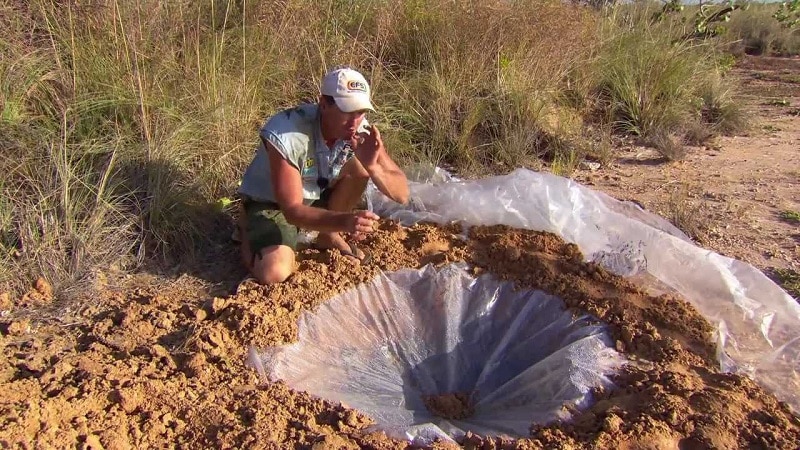
There is a demerit to this procedure though and that is it requires quite a lot of energy to work successfully.
Method 1: Desalinating Sea/Ocean Water When Stranded on An Island
Among the many survival challenges that you are likely to face, finding yourself stranded on a deserted island probably tops that list. Not only are you disabled in terms of reach; you now are surrounded by water a water body (sea or ocean) that will rot your kidneys as well.
So, when we speak about desalination or purification of ocean water, we certainly felt the need to explain to you the very tactic that you can use to desalinate or purify salty ocean/sea water.
See also: Survival Water Purification: 7 Practical Ways to Quench Your Thirst in The Wild
Now, let me try and paint you a picture of an island survival scenario. You’re on a boat somewhere in the Pacific Ocean when an “Oh My God” or “Good Lord” sized wave washes you off to a sandy, deserted and isolated island. You wake after a few hours to realize that you’re still alive and that you escaped this wrath with a few minor injuries. However, you find your boat missing or probably torn apart into pieces. What do you do?
The first thing you start with is you begin scouring the island for food, water, and shelter. Now you’re thinking why we should worry about water. There’s plenty of it around us. Well, technically yes. But you can’t quite drink it simply because it is extremely salty in nature.
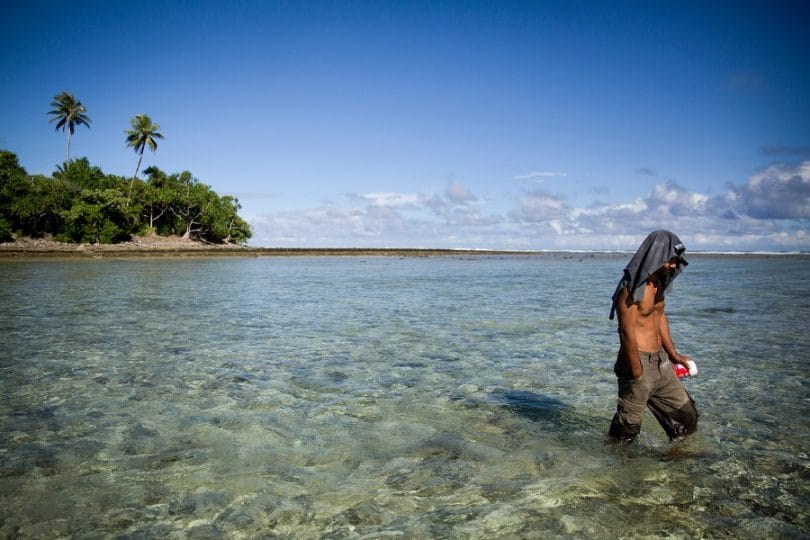
The challenge thus becomes, finding a suitable solution to desalinate the salt water around you in order to make it consumable before life quits on you. Staying hydrated is the first priority and with the method described below, we guarantee proper purification of salt water to help the ocean water drinkable for survival.
[the_ad_group id=”22″]
The Items that you’ll need:
- Nylon cloth/sail of the boat
- T-shirt and shorts/ windbreaker
- Swiss Army Knife
- And your favourite celebrity you always wanted to get away with (not mandatory, though, but if it does come true, you now have to find drinkable water to impress this celebrity as well.)
The steps:
- Gather the items together in one place considering you still have them even after a horrendous crash ashore. Once you’ve put them together, try to find or make a flat strip of land somewhere near the shore. The idea is to be able to make a berm out of all the beach sand that you’ll find around you.
- A berm is basically a flat land which does not get pounded by waves that easily. You can make out the difference between such dunes and the normal sands very easily if you notice carefully. Find a spot that is on the lower side of the dune or the wet sand.
- Lay down the sail and stretch it on the wet sand to trace an outline of it on the sand.
- Dig a trench inside the outline of the sail and keep digging till you find water. Ensure that the dig up sand is placed around yet inside the outline such that it acts as an enclosure to external forces.
- Once you’ve dug deep enough, create a mould in the middle of the trench with the excavated sand and place the waterproof windbreaker in the middle of the mould (in the centre of the trench) to act as a bowl collecting the water.
- The catchment system works beautifully as the water around the mould in the trench begins to collect. The idea is to transfer this salty sea/ocean water into the elevated mould/waterproof windbreaker without the salt content.
- To end the process, cover the entire trench from the top with the sail and place some heavy rocks around it. Ensure to place some weight in the middle of the nylon sail to make a dip in the centre of the sail/sheet.
Explanation:
The water collected around in the trench will begin to evaporate under the scorching heat of the sun and will begin to rise upwards to the sheet/sail covering the catchment which will then trickle down into the mould designed by the waterproof windbreaker. The evaporated water is purified of any salt content and it becomes completely safe to drink.
Method 2: Evaporation Distillation
This method of purifying salt water leaves you with more drinkable water than the previous method, however; it still requires quite a lot external heat energy to distil the water thoroughly. Heard of alcohol distillation? Well, this works on the same principle as that. Find yourself a heat resistant glass or perhaps a metal bottle.

You’ll also need a rubber seal or an alternative like a cork. This distillation process also requires tubing for a few feet along with a catch basin beneath it too.
- Pierce a hole into the cork or the rubber seal. The hole needs to be big enough for the tube to fit in properly.
- You then have to ensure filling the bottle with water with some empty space at the top.
- Pass the tubing through the cork or the tube and ensure that it is in level with the tube.
- Place the cork/rubber tube mechanism on top of the water bottle.
- Run or pass the tube protruding out into another bottle placed adjacent to it. This new bottle needs to be much smaller in size to ensure that the water does not flow back into the original bottle.
- Place the metal bottle over any suitable heat source ensuring that the rubber tubing isn’t damaged due to the heat.
- As the heat from the source heats us metal bottle 1, you can watch the water evaporate and pass on as steam through the tube into the adjacent container and turn back into water droplets upon exiting the tube.
**TIP: This method works very finely with a teapot. The outlet pipe can be connected to the sprout and that’s about it.
General Salt Water Purification Methods
Once you’ve found yourself a suitable enough source of water, you will need to purify it after desalination for safe drinking. Most of the water sources found in the wilderness are polluted in some ways or another. Industrial wastes, domestic wastes, agricultural waste together with other chemicals make this water undrinkable in most cases.
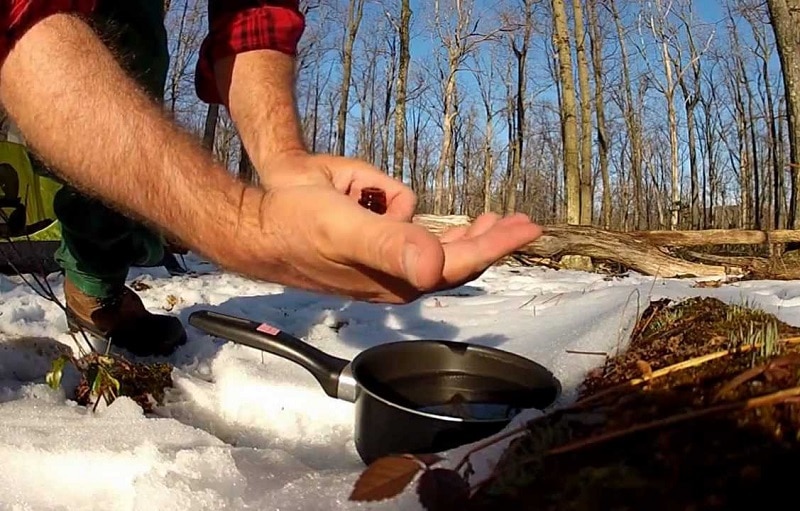
We’ve outlined for you, the best purifying techniques you could follow in order to safely drink the water during your much-needed survival condition. Purifying the water reduces the risk of contamination, parasites or bacteria entering our system.
- Boiling: Boiling is the simplest and the most convenient way to purify water. You’ll require a couple of equipment and a campfire to get it going. Carry over the found water in a container and place it over a very high heat. Leave the water to boil until rolling bubbles begin to appear. Let the bubbling happen for at least 5 minutes before you take off the heat and leave it to cool down. Don’t drink the boiling hot water. You could severely burn yourself.
- Filtration Pumps: All camping stores or outdoor adventure stores sell portable water purification systems. These purification systems ensure providing clean drinkable water from non-drinkable water. These pumps work the principle of forcing water to pass through a mix of charcoal filter and ceramic which is then treated with a few other chemicals. These portable water purification devices are extremely useful and can certainly come in handy while you’re in dire need of fresh water.
- Purification Tablets: Purification tablets are found at large almost everywhere. They are small, inexpensive and by far the most efficient water purification method adopted by most survival specialists and adventurers. See our experts review of the best water purification tablets for more information.
- Evaporation Trap: If you watch any adventure show on the discovery channel, you will surely find this water purification technique being used by the adventurers. It is a very simple technique and doesn’t require you to purchase anything extra at all. Besides, unlike the other methods, this water doesn’t require you to find any source of water as well. It is like manufacturing water yourself.
All you need to do is dig up a hole and place a container in it. Cover up the hole with a plastic and place a medium weight in the centre of the sheet. It works on the principle that water evaporating from the wet soil will escape and get accumulated on the plastic sheet above.
[the_ad_group id=”23″]
The medium weight will make the water droplets trickle down to the container. Simple, isn’t it?
You could follow any of the water purification techniques mentioned above and get yourself some clear water to quench your thirst.
Drink Away!
Have you not had water for a long time? Are you dying of thirst? Does your body need some water immediately?
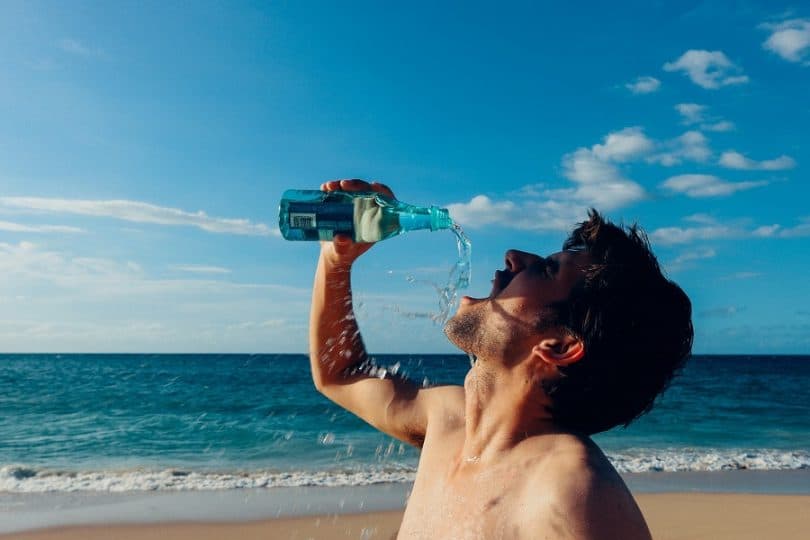
If you think that you are way too exhausted to go through the process of purification, just ask yourself if any human has been around the water source for taking a dump. If you think that the water is clear enough and far away from any pollution causing agent, you might as well just drink from it.
There is always a possibility of you having contracted some sort of water-Bourne disease but then again as the quote goes, “desperate times call for desperate measures”.
For more tips and trick on how to make a water filter, check out our article on this important topic.

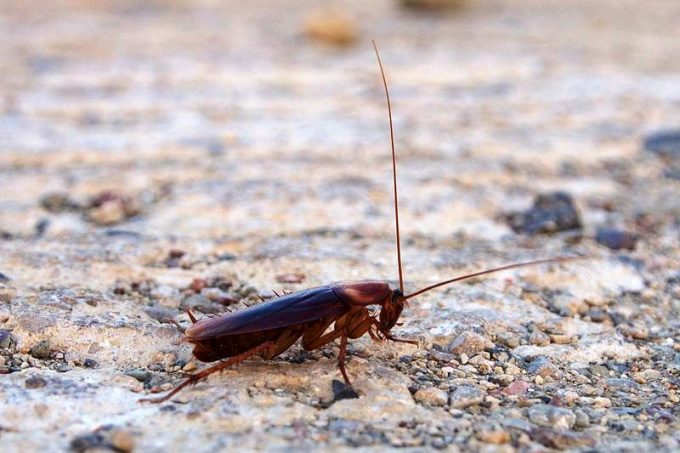
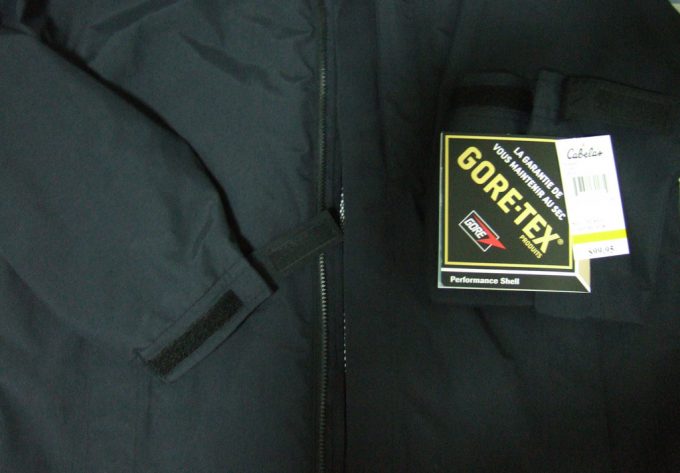
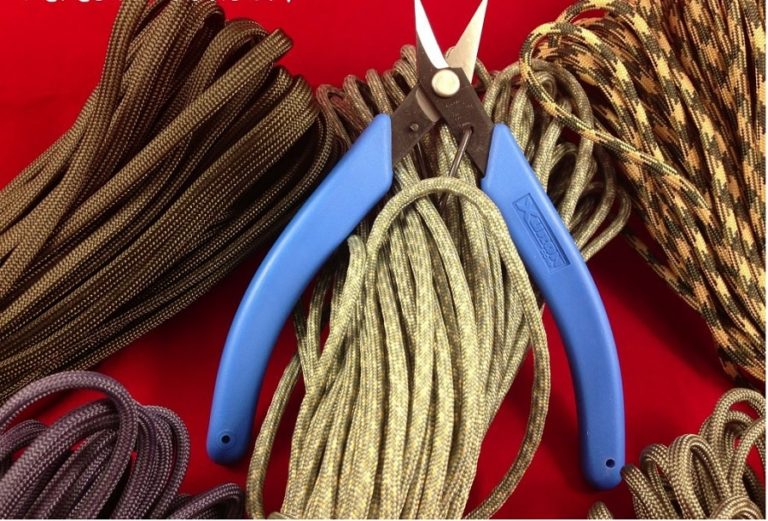
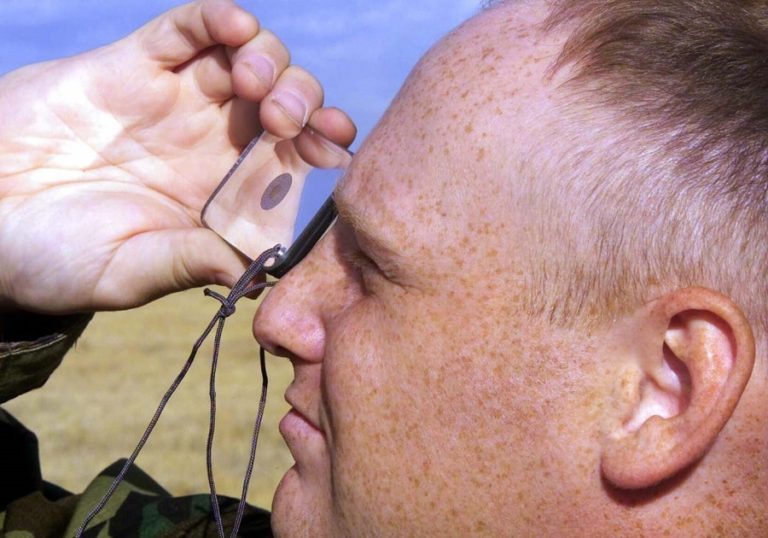
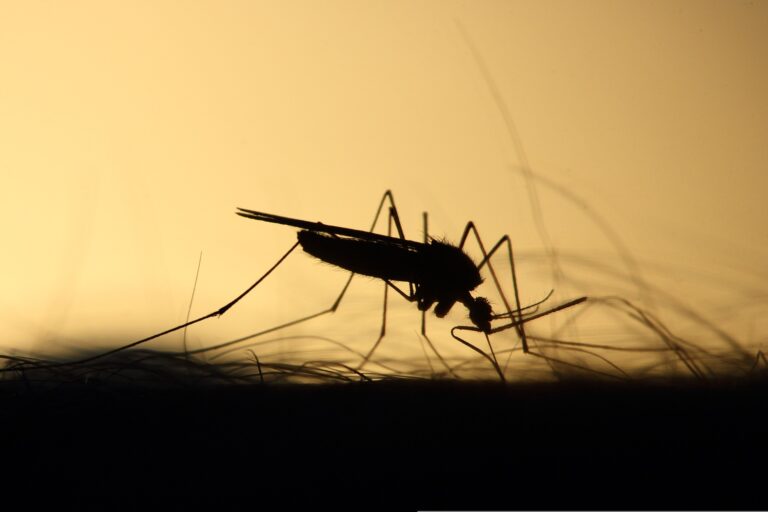
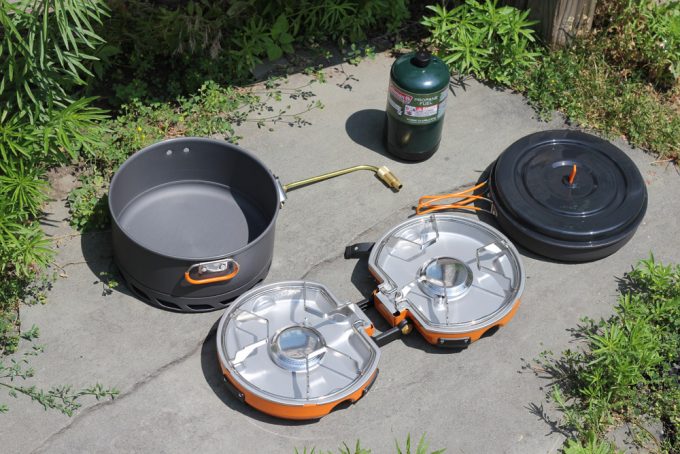
Every year on the background of ecology situation in the world it is more and more important to solve the problem of lack of fresh water. Its level in the oceans is only about 3%. With population growth, its consumption increases and it is forcing humanity to take measures to separate its manufacture. The most widely used method of obtaining usable water is desalination. Knowing how to make it, how to clean it – the key to the survival.
These are some great-to-know information, Christopher! Thank you very much for sharing. This basic procedure that we can do can help save a lot of individuals from completely preventable dehydration. You are correct, this one of the keys to survival.
Every year on the background of ecology situation in the world it is more and more important to solve the problem of lack of fresh water. Its level in the oceans is only about 3%. With population growth, its consumption increases and it is forcing humanity to take measures to separate its manufacture. The most widely used method of obtaining usable water is desalination. Knowing how to make it, how to clean it – the key to the survival.
These are some great-to-know information, Christopher! Thank you very much for sharing. This basic procedure that we can do can help save a lot of individuals from completely preventable dehydration. You are correct, this one of the keys to survival.
In order to face the shortage of fresh water, it is not necessary to live in the middle of the Sahara – there, by the way, lots of water, fully under the dunes of sand. The deficit of fresh water is felt in Europe, USA, China, India, Russia. We are talking about clean water. And it’s very scary, because if we want to build an oil pipeline – easily, but nobody cares about building the water pipeline in a remote village.
This is correct, Steve. Water purification to obtain freshwater doesn’t have to be limited in arid locations. It can also be used in various situations where the supply for clean water is scarce.
In order to face the shortage of fresh water, it is not necessary to live in the middle of the Sahara – there, by the way, lots of water, fully under the dunes of sand. The deficit of fresh water is felt in Europe, USA, China, India, Russia. We are talking about clean water. And it’s very scary, because if we want to build an oil pipeline – easily, but nobody cares about building the water pipeline in a remote village.
This is correct, Steve. Water purification to obtain freshwater doesn’t have to be limited in arid locations. It can also be used in various situations where the supply for clean water is scarce.